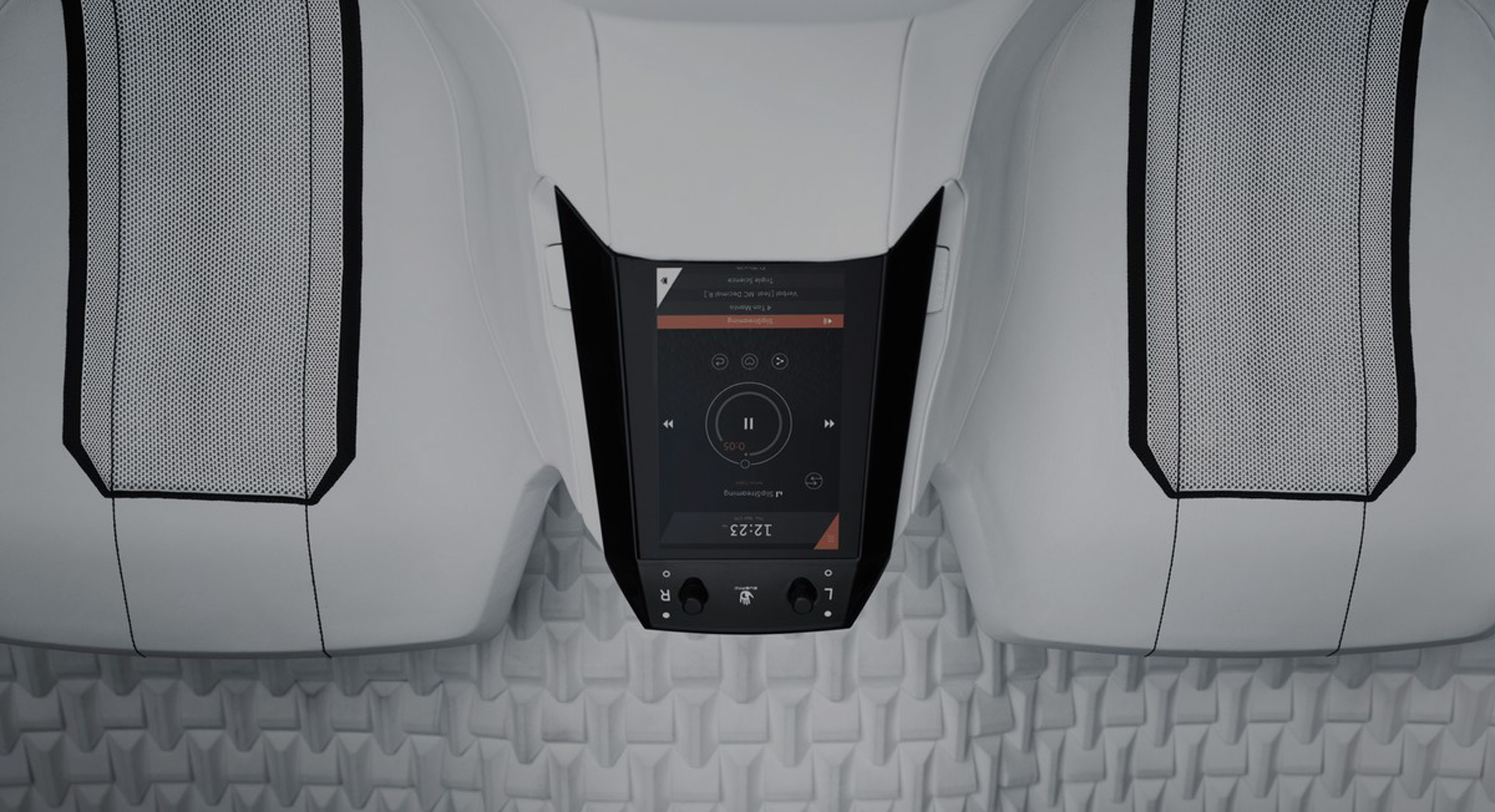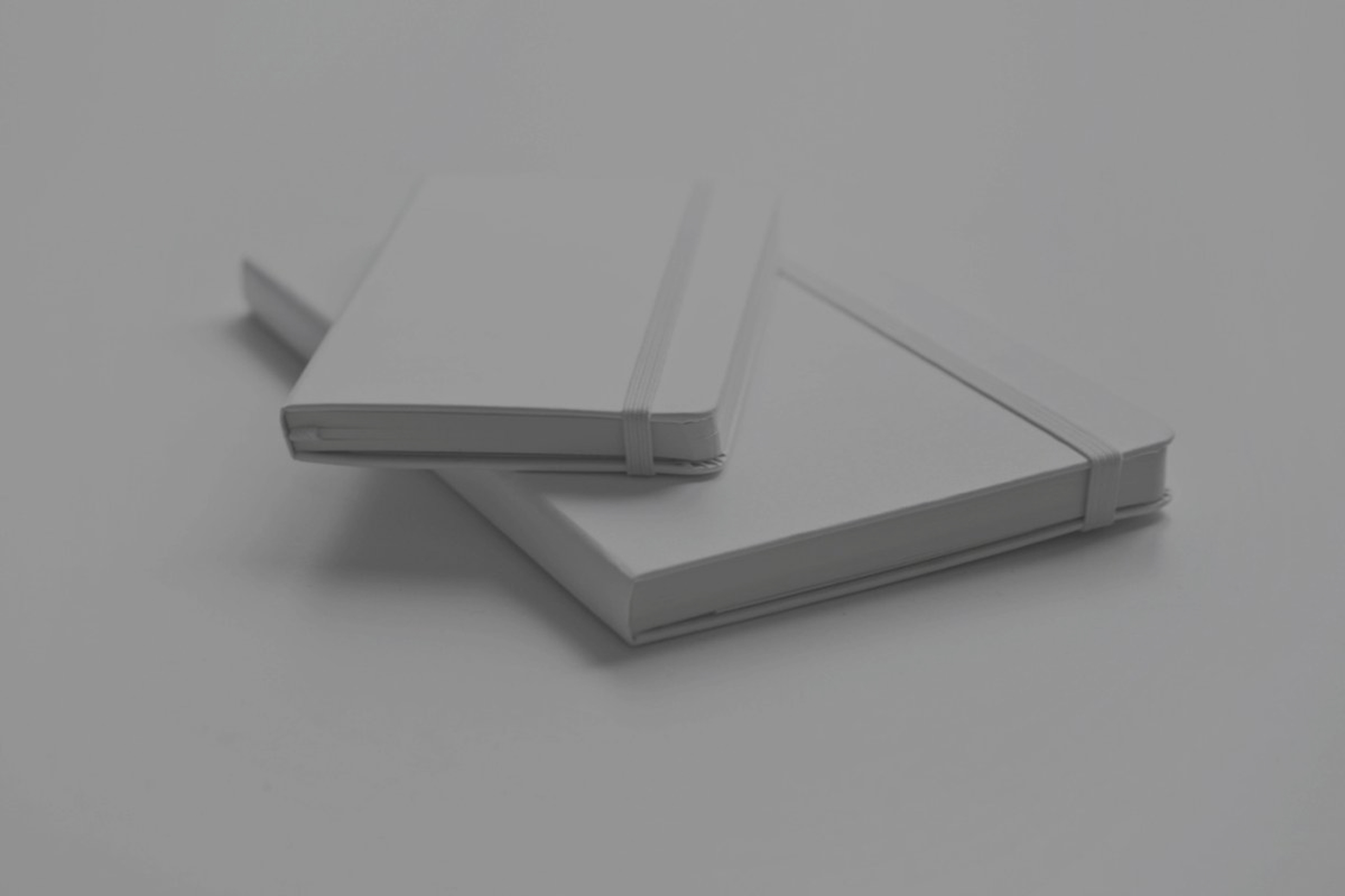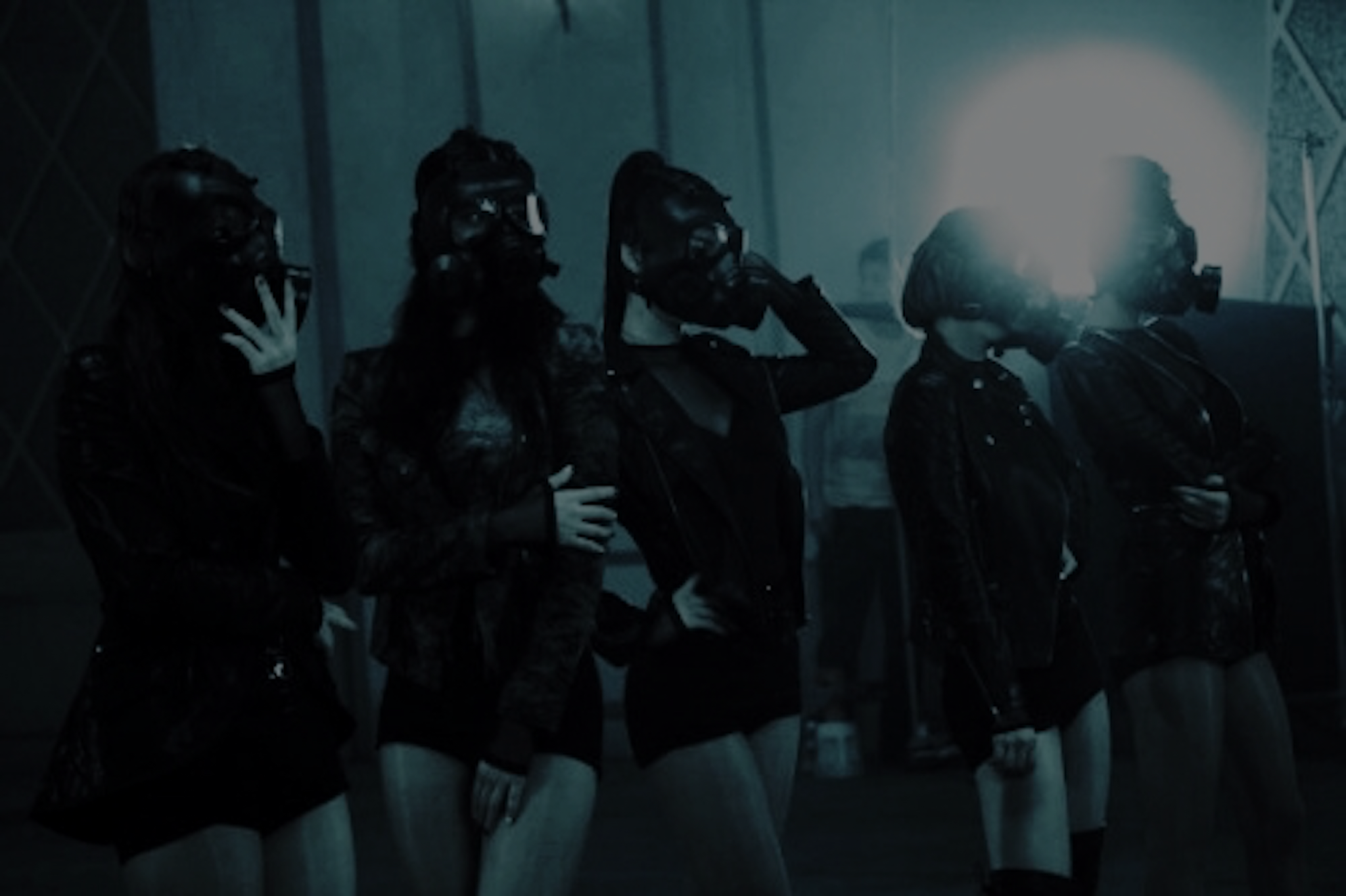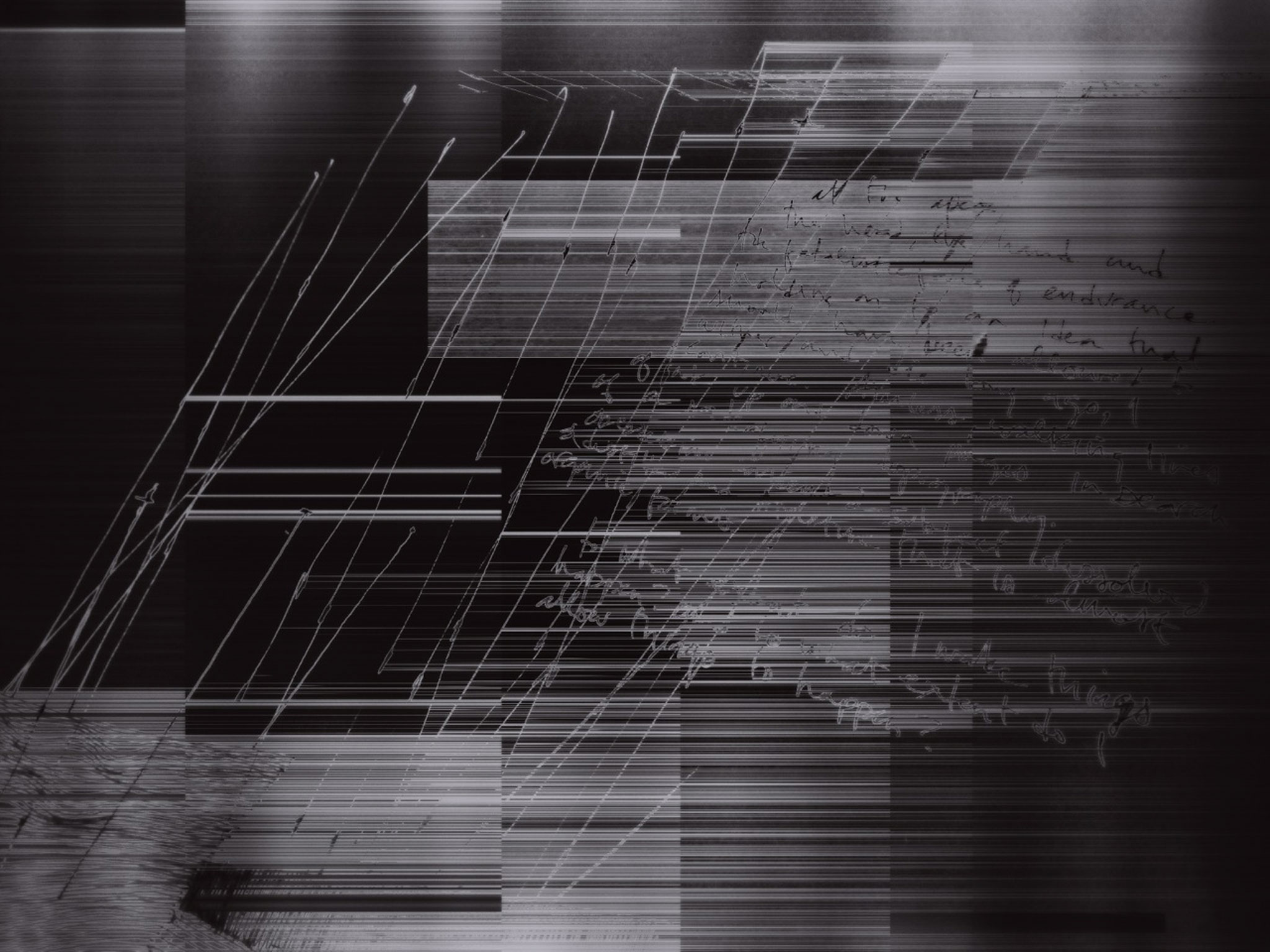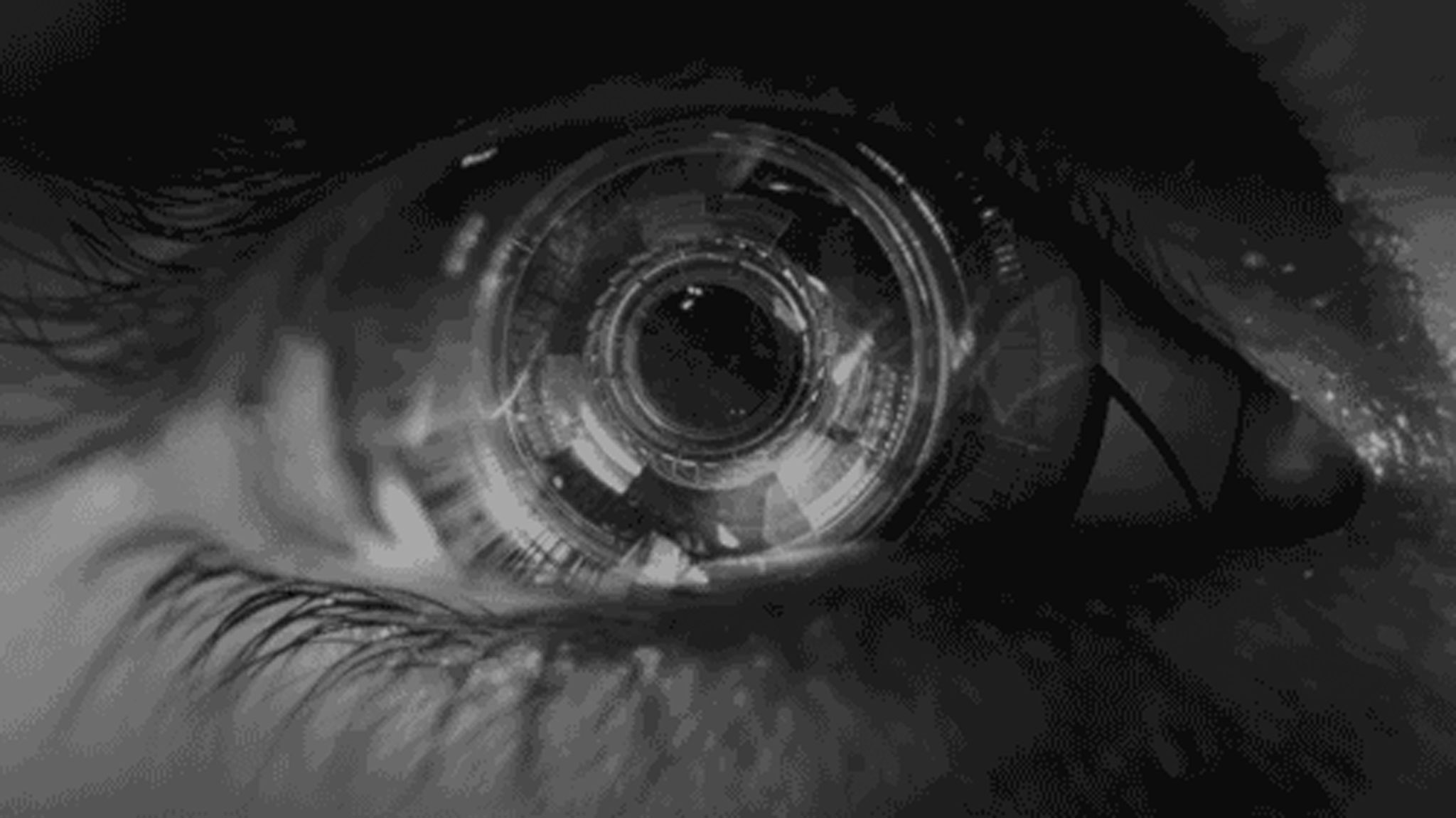I remember the first time I spent over $100 on a pair of shoes. I was in 6th grade, pooled together all of my lawn mowing money and bought a $114.99 pair of white and red Nike Shox NZ.
No one else had shoes nearly as fresh as mine and I knew it. Compliments and stares fueled my confidence level. Everywhere I went for the next week my Shox came with me.
Unfortunately, because I didn’t want them to ever leave my feet, I wore them to school on a very rainy day. After lunch, we got to walk around outside for a bit, which normally turned into a game of chase someone around the building.
Then it happened. I took a sharp turn around a corner to grab our captor, and splash. Rain puddle? No, worse. Half a leg’s worth of mud.
That was the end of the shoes and $114.99. The right shoe was no longer white and red, but rather brown and beige.
Just like my shoes, your first $100 on Facebook Ads is probably only going to last you 1-2 weeks. Are you gonna make the most out of that time and get a great confidence boost? Or are you going to waste it and just dip your shoes in mud?
When done properly, you can learn a lot from your first $100 of Facebook Ad spend. To forewarn you, the chance that you’ll hit a homerun, go viral, and not have to spend any more money is very slim. Expect it to be a learning experience.
It will act as your litmus test for Facebook Ads.
- Can I create ads that entice my audience?
- Can I put to together the right audience that will benefit from my business?
- Is my business even cut out for Facebook Advertising?
These are all questions that you’ll be able to answer after your first $100 of Facebook Ads. Not a “well maybe if I put a little more money in they’ll come around to my ads”.
If it goes great and you reach your goals then put together a spending plan. If it doesn’t go that well, then you need to either rethink your ads and audience, cut out Facebook Ads, or hire some experts to run it for you.
As experts ourselves, I’d like to outline campaigns that we would run if we were in your shoes. While we may not cover every industry, we’ve broken it down into local business, product campaign, SaaS company.
Local Business
Goal: Get people in your door.
Precautions: As a local business advertising on Facebook, your target audience will be limited to a certain radius of your business. This means there is a small, fixed number of people you can advertise to. So, first impressions are very important here.
Whether you own a restaurant, boutique, movie theatre or anything in between, you have to stand out in your ads and show someone why they NEED to come in. Not to worry, it is easier than you think.
Ads to Use:
- Video – Use this to raise awareness
- The purpose of this video is to intrigue people in a memorable way.
- Highlight something unique about your business.
- Keep it under 90 seconds.
- The voice over should be funny and memorable.
- The footage should show where you are located and a few unique things about your business.
- Finish off with a deal.
- Boosted Post – Use this to promote a crazy deal.
- Your deal should stand out from the coupons that give $1 Off when you spend $100.
- Highly suggest a one-time FREE giveaway to all participants.
- Ask them to share, like, or comment on the post to receive the coupon.
- Create virality in your target area so that it gets organically shared.
Example: Glaze Teriyaki

Glaze Teriyaki just opened up in Madison, Wisconsin. They are creating two advertisements, spending $10 / day on each ad and running it for 5 days. One 60-second video ad and one promotional post.
For the video, they make a jingle, “Treat your taste buds right, eat at Glaze Teriyaki tonight”, and say it 5 times throughout the video to get the name stuck in people’s heads. They take a tour of the space, first showing where it’s located, then heading inside and taking a look at their rotisserie ovens and their cafeteria-style seating, which their voice over calls their state-of-the-art chicken machine and the “get to know your neighbors” seating. The last thing they say is: “Share this video, and we’ll message you with a coupon for a free teriyaki plate.”
Their promotional deal is for a free teriyaki plate, no strings attached.
Product Campaign
Goal: Sell your product or at least get them to come to your website.
Precautions: This is essentially your sales call which you’ll present over and over to new people so it should be succinct (under 120 seconds) and effective. I’d highly suggest using a video because they perform extremely well on Facebook and you can pack a lot of information in an easily digestible format.
Ads to Use: Video for clicks to a product page.
Your video and voice over should cover these topics, in this order to make a sale:
- Address a change / shift in the world. Don’t flat out say the problem your customer has as this will make them defensive.
- Show that those who adapt to this change will win, while those that stick to the status quo will lose.
- Paint the picture of what a winner looks like that adapted to the change. (interchangeable with 4)
- Introduce your product as a tool to easily adapt to this change. (interchangeable with 3)
- Present evidence or testimonials of someone that used your product.
Example: Fidget Cube
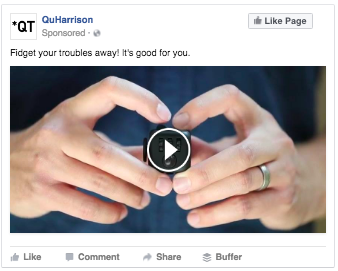
Solving all of your fidgeting needs with this one small cube. They do a phenomenal job of going through this flow in their product video, and they do it in a very unique and almost disguised way.
Video flow:
- Address the world of fidgeters by putting all the burden on one person.
- He embodies what it means to be a “loser” that continues to fidget and annoy people. Foreshadows a solution by saying his Kickstarter community helped.
- Introduces the product as the solution and goes off the specifications that solve the problem.
- Explains what you can accomplish if you have the fidget cube to satisfy your fidgeting needs: “Sudden ability to cope with boring meetings. Pay attention in class. Power through Netflix marathons…discrete fidgeting in any setting.”
- Scientific evidence of “floating attention” which makes it hard to focus in certain settings. Studies showing that students perform better on tests when they use Fidget Cube.
Obviously, their video is very informal and pokes fun at pharmaceutical videos, but it kept you interested, it was abnormal, and you probably went to check out how much it cost.
If they were making this video for Facebook Ads, then I would suggest they cut down the length of the video.
Your video doesn’t have to be high-budget or anything, it can be shot on an iPhone and still be great. Just make sure it is steady and the sound quality is high.
SaaS Company
Goal: Educate, raise awareness, and generate leads.
Precautions: It can be very tempting to try and sell your software in an ad, but try to refrain from doing this as you are asking a lot out of someone to buy / download your software the first time they hear from you.
Over time you’ll see better results by educating the first time you speak with a potential customer and sell by the 3rd or 4th touch point.
Sending traffic to a white paper, webinar, email newsletter, etc… where they need to provide their email to “obtain this knowledge” will allow you to collect these warm leads, while not pressing them for a sale. Obviously, if you don’t have any of this free knowledge to give away, then your focus should be on creating some timeless content that you can use to attract leads.
Example: Tableau
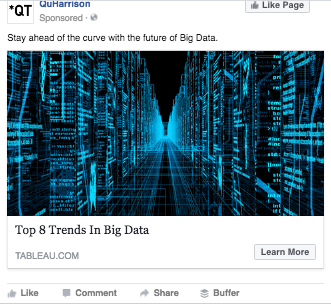
Tableau is an analytics company that creates tools which make it easier to present data. Their software costs, at the minimum, $999. For this reason, their customer’s buying cycle is going to be elongated, since they will probably need to see a lot of value and weigh options before purchasing.
They could break down this barrier by advertising their White Paper on trends in Big Data: https://www.tableau.com/learn/whitepapers/top-8-trends-big-data-2016
Now they can appeal to their audience on industry-relevant topics while capturing their information. Not to mention they are positioning themselves as thought leaders at the same time.





